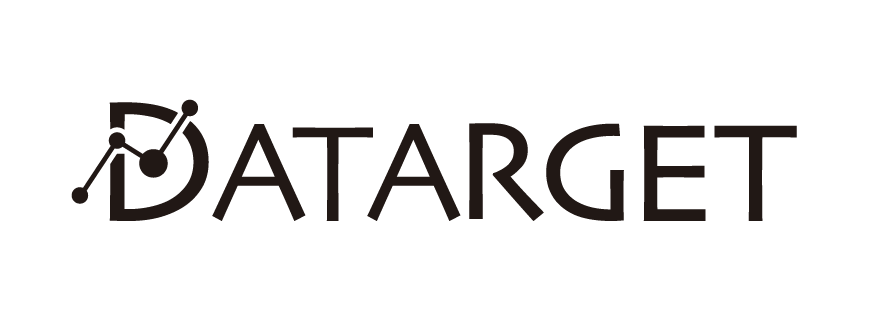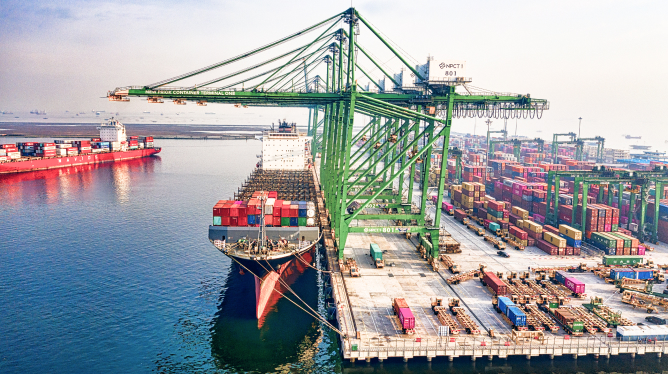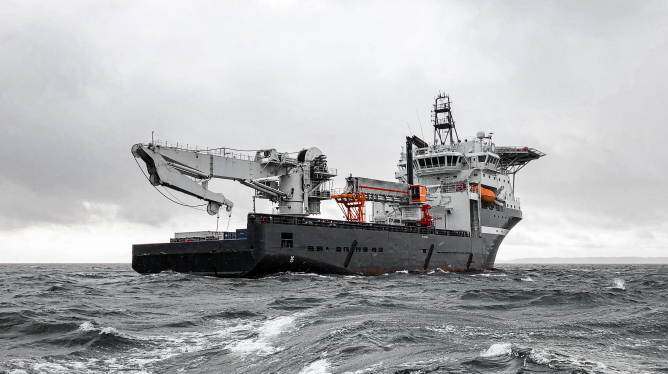
用數據科學,提升生活品質
創代科技 - 顛覆思維、洞見真實
創代科技 - 顛覆思維、洞見真實


SOLUTION
解決方案
從技術發展至商模,用專業爭取到機會,經由客戶訪談,由專業分析師進行功能確認,構建軟體開發服務。
從技術發展至商模,用專業爭取到機會,
經由客戶訪談,由專業分析師進行功能確認,構建軟體開發服務。
數據分析
為展開資料分析與應用,於先期階段可提供全面向的資料蒐集與整備。服務包括:
 資料現況診斷與應用需求分析
資料現況診斷與應用需求分析
 資料模型設計與ETL
資料模型設計與ETL
 資料倉儲建構
資料倉儲建構
 相關介接API設計開發…等
相關介接API設計開發…等
應用開發
基於資料科學進行數據探勘,並提出最直、客觀的分析建議。服務包括:
 基本統計分析
基本統計分析
 AI演算法模組建構
AI演算法模組建構
 資料視覺化呈現
資料視覺化呈現
 決策輔助…等
決策輔助…等
資料整備
透過客製化服務,協助企業及政府客戶打造最有效率的應用平台。服務包括:
 嚮應式Web系統
嚮應式Web系統
 地理圖資應用介面
地理圖資應用介面
 互動式圖表 / BI報表介面
互動式圖表 / BI報表介面
 即時通訊解決分案整合…等
即時通訊解決分案整合…等
SERVICE
服務領域
從交通運輸跨足到智慧零售,數據科學無所不在。

智慧零售
百貨零售業的消費型態隨科技進步不斷轉型,結合新零售應用方案,我們透過解析消費者行為數據,為客戶提供專業洞見與經營策略建議,實現智慧零售的創新服務模式。








